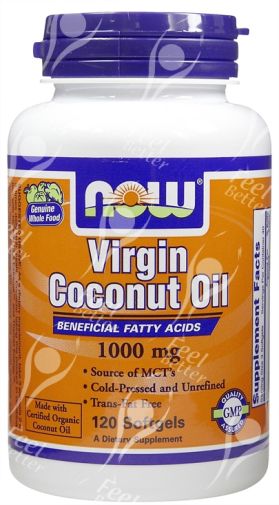

In the United States, cancer is the second most common cause of death and accounts for one of every four deaths. Future research will validate the anticancer effect of these fatty acids in an appropriate in vivo model.ĭespite advances in the diagnosis and treatment of cancer, the disease remains a leading cause of mortality in most countries. RT-qPCR data indicated that these natural molecules produced anticancer effects by down-regulating cell cycle regulatory genes and up-regulating genes involved in apoptosis. Capric, caprylic and caproic acids reduced cancer cell viability by 70% to 90% ( p < 0.05) compared to controls.

Additionally, real-time quantitative PCR (RT-qPCR) was performed to elucidate the potential anti-cancer mechanisms of the three fatty acids under investigation. The cancer cells were treated with various concentrations of fatty acids for 48 h, and cell viability was monitored by the 3-(4,5-dimethylthiazol-2-yl)-2,5-diphenyltetrazolium bromide (MTT) reduction assay.
#CAPRILIC ACID CONTAEUS TCEL LYMPHOMA SKIN#
This research investigates the anticancer property of these fatty acids on human colorectal, skin and mammary gland cancer cells. The medicinal value of goat milk has been recognized for centuries and is primarily attributed to three fatty acids, namely capric, caprylic and caproic acids. Thus, there is a need for effective and safe bioprophylactics and biotherapeutics in cancer therapy. Additionally, resistance to chemotherapeutic drugs has been noticed in cancers. Although radiation and chemotherapy are routinely used to treat cancer, they produce side effects in patients. Colorectal cancer, breast cancer and skin cancer are commonly-reported cancer types in the U.S.


 0 kommentar(er)
0 kommentar(er)
